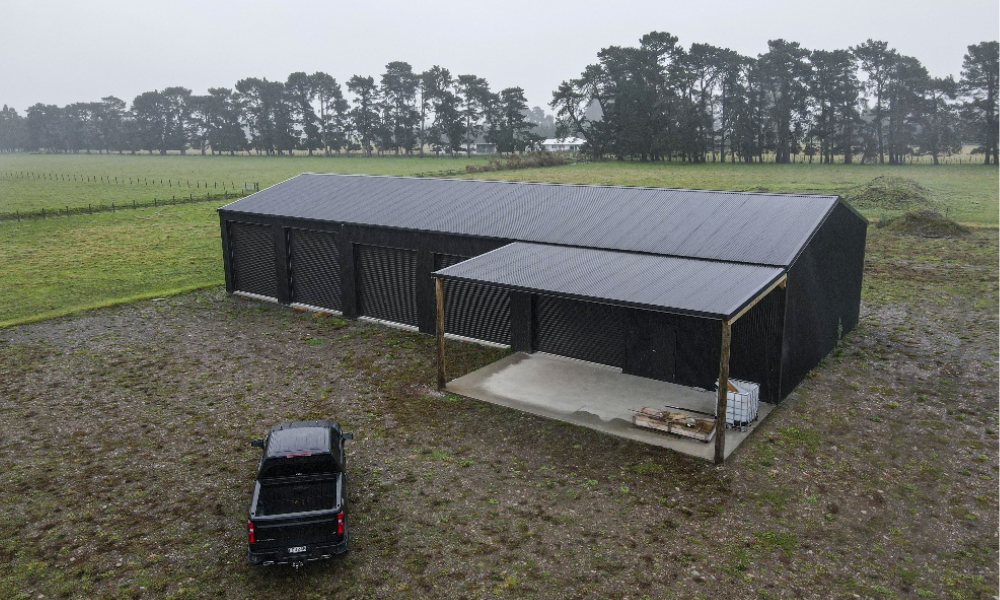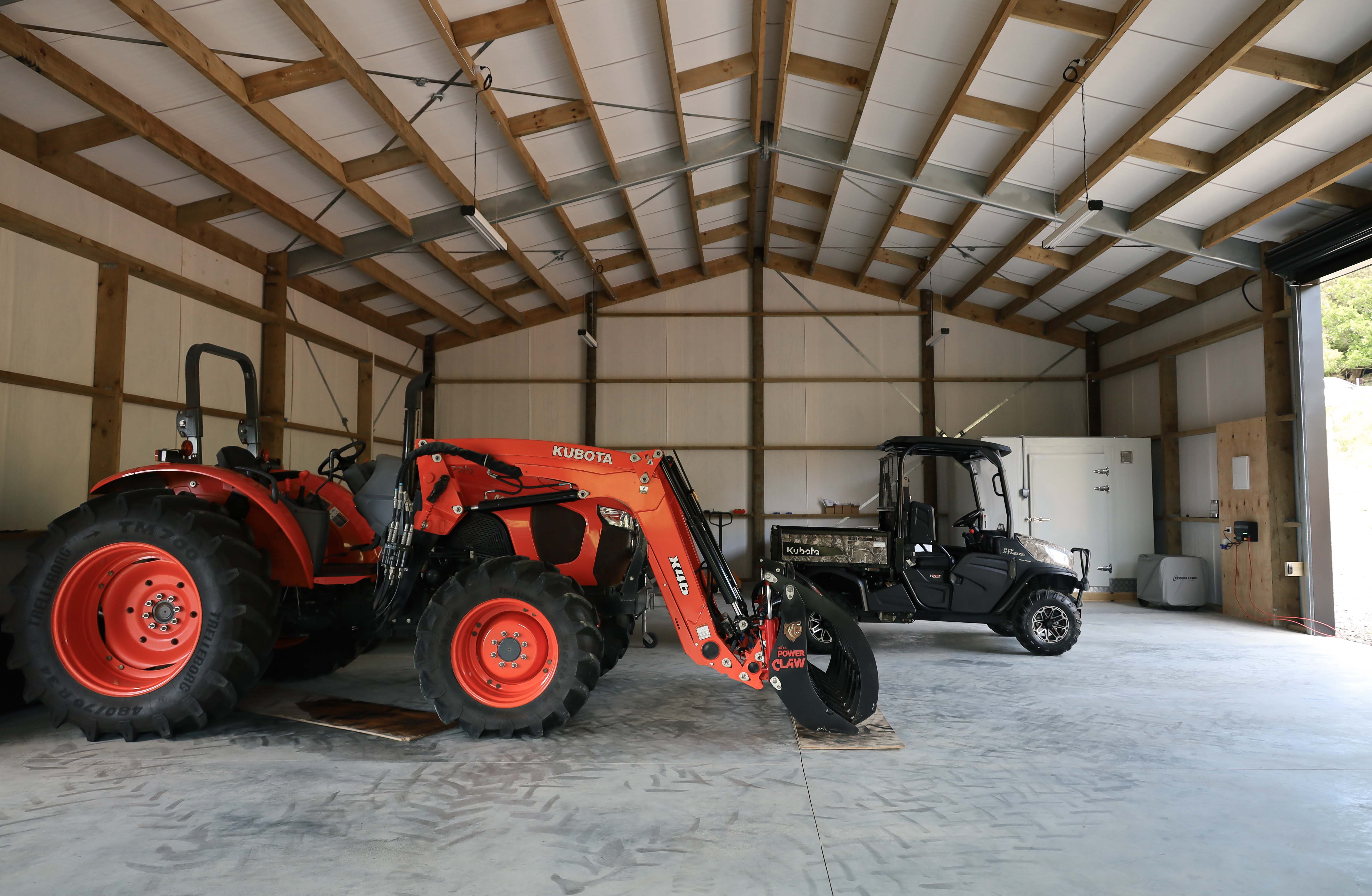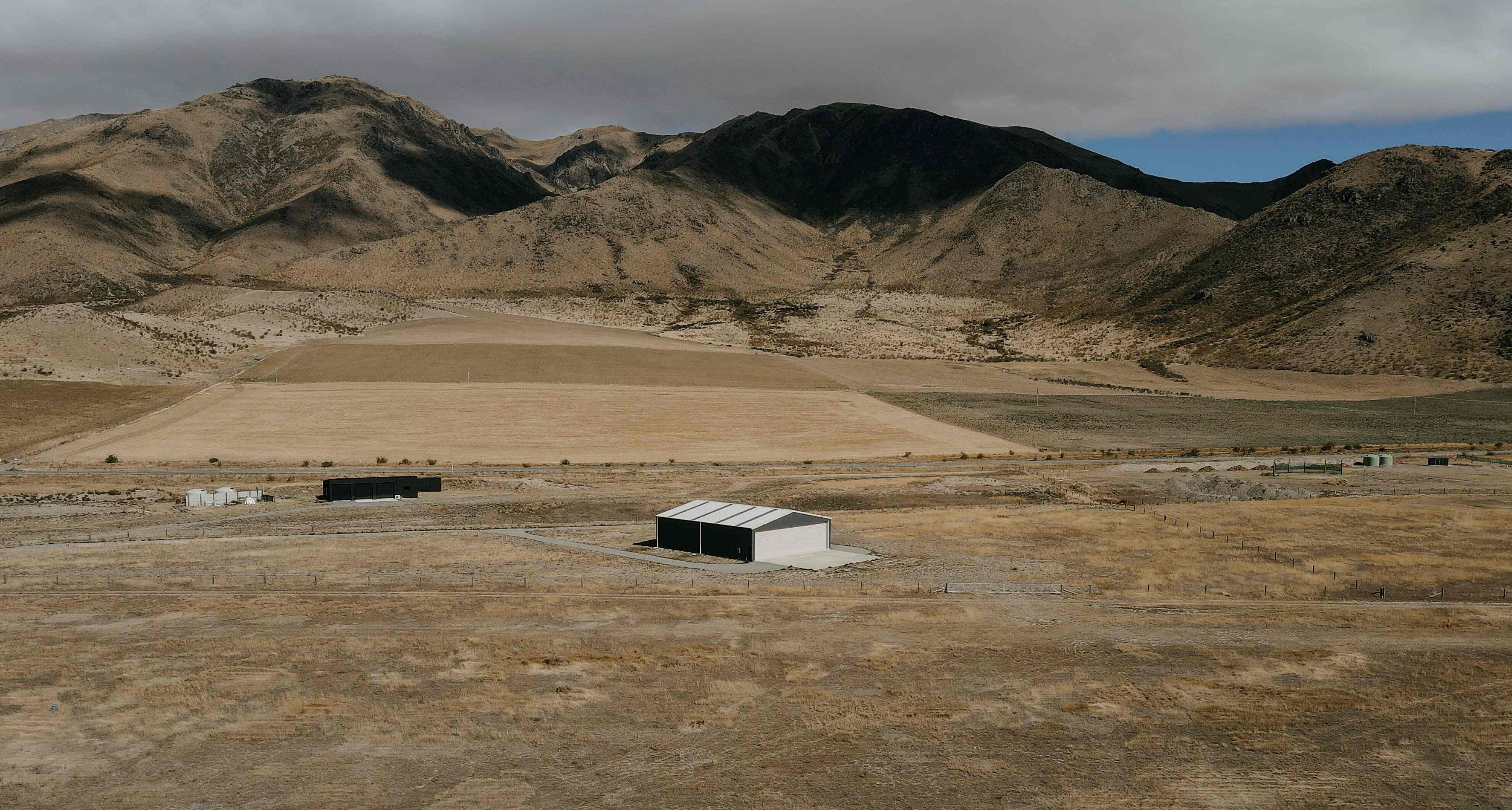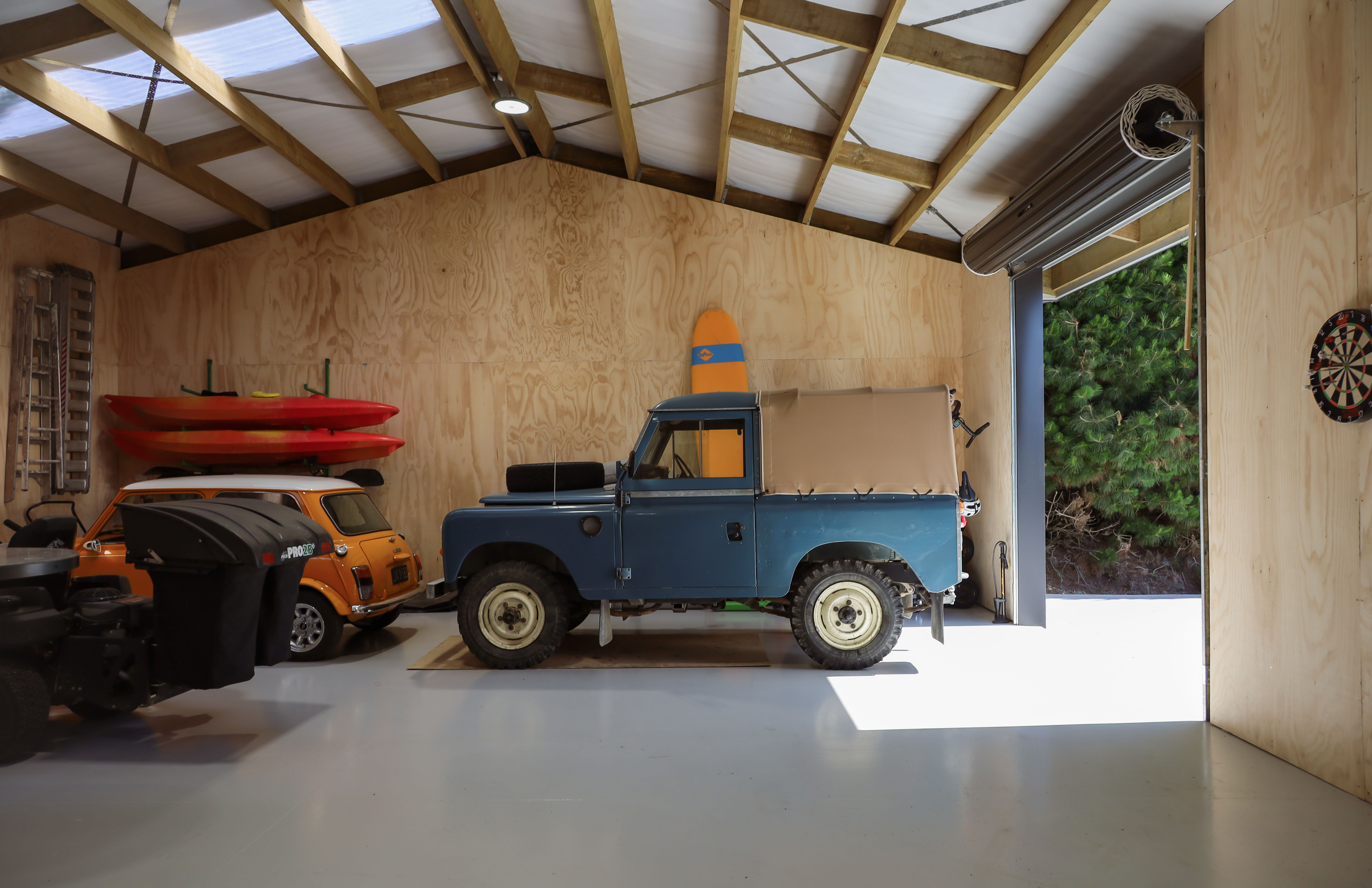
Have you installed a new shed and noticed condensation forming on the inside of the roof cladding? While it isn't common, condensation can cause frustration so you may be wondering why this is happening.
In this article, we uncover the technical background to what causes condensation in a shed, three ways to mitigate it, and the surprising reason it has become increasingly common.
What causes condensation?
Condensation happens when the outside temperature is colder than inside your shed, causing the air to reach its dew point. This results in the moisture content, or water vapour, turning to liquid. As it builds up, the building paper can no longer contain the quantity of liquid and drips start to form.
With hot air rising, the roof is typically the first area to experience condensation. The first recommendation for any enclosed shed is to have building paper to help mitigate this natural occurrence.
Why is dripping most common in a new shed?
Dripping is more likely to occur when a shed is new because there is an increased moisture content. Influencing factors may include:
- Concrete is still drying out. As a result, moisture is constantly being released into the enclosed shed area and can struggle to escape when doors are closed.
- Shed materials are still drying. If your shed kitset was stored in the weather for several weeks or months, the materials won't have fully dried out.
- The shed is acclimatising. It can take a shed several weeks to adapt to the climate it is built in. If you have a timber framed shed, the timber will warm or cool depending on the environment and conditions and may release moisture in the process.
What causes condensation in an older shed?
Condensation can occur in older sheds too but this generally depends on what is stored inside and where it is located.
The number one cause of dripping is stored items with a high moisture content. For example, parking wet tractors in your shed at night and shutting the doors traps moisture that will need to escape.
Additionally, storing produce, such as spuds, onion, and salad products have extremely high moisture content. No matter how many measures you take to mitigate condensation, produce storage is likely to result in dripping, especially when crops are put into a shed immediately after harvest.
Another common cause of condensation is when the shed is located in a shady area or a damp environment. As the shed warms up during the day, the internal dampness needs to escape and may start to drip.
How to stop condensation in your shed
If you have an existing shed, here are our top 3 recommendations to stop condensation building in your shed:
1. Let your shed dry out naturally.
On sunny and windy days, leave the doors open to help moisture escape. It may take several weeks but it is simple and effective.
2. Get a dehumidifier.
Dehumidifiers can be hired from local hire stores and are an effective way to rid the condensation.
3. Install fans or whirly vents.
These can be purchased through local hardware stores and are typically fitted by a builder.
If you are planning to build a shed, here are 3 ways to prevent condensation:
1. Add building paper to the roof.
This collects moisture buildup and reduces drips.
2. Install a ply lining to the underside of the roof.
While this adds costs to your build, the ply absorbs some moisture and slows the process of condensation.
3. Add extra doors to your shed.
The more doors you have, the more sun and wind can enter the shed to air it out.
Why has dripping become more common?
Surprisingly, the increase in condensation can be traced back to extremely wet winters and floods. Many cladding and building paper suppliers have seen increased calls from clients, simply as a result of this extra moisture being trapped inside the sheds. As an effect of climate change, only time will tell if this trend will continue.
Regardless of the design and construction, you should expect some condensation when your shed is first built. If you intend to store valuable equipment or furniture in your shed, we highly recommend holding off until the shed has acclimatised and dried out. This may take a month or so, depending on the season and local climate.
Having a timber-framed shed will help keep the shed at a more natural temperature and absorb moisture, helping to eliminate condensation.
To discuss your next project or if you have any questions, reach out to the team of experts at Alpine Buildings. From start to finish, we are here to help you with your shed-building journey. Alternatively, if you’re ready to start building, download our full range brochure and discover what our range has to offer.









